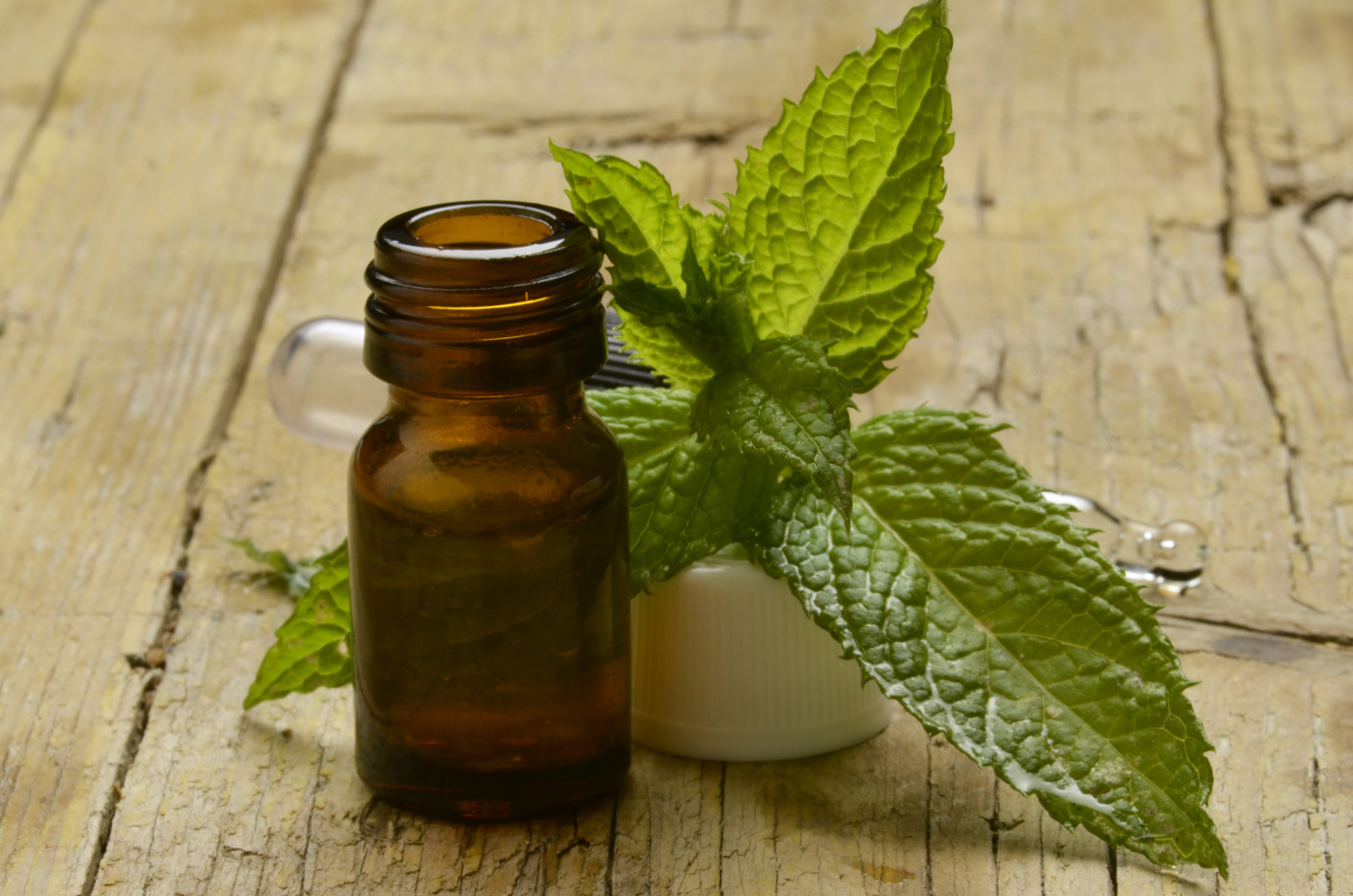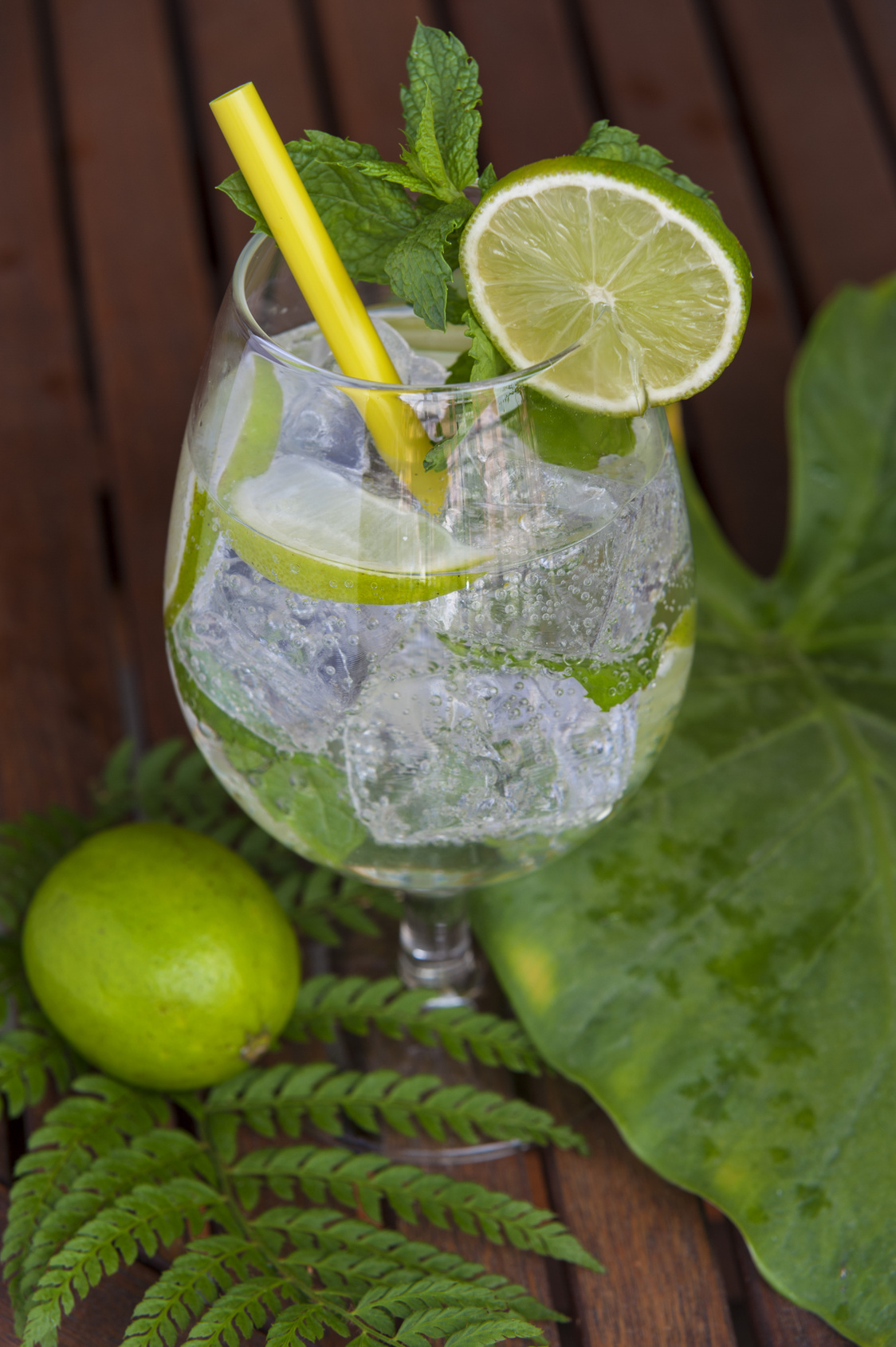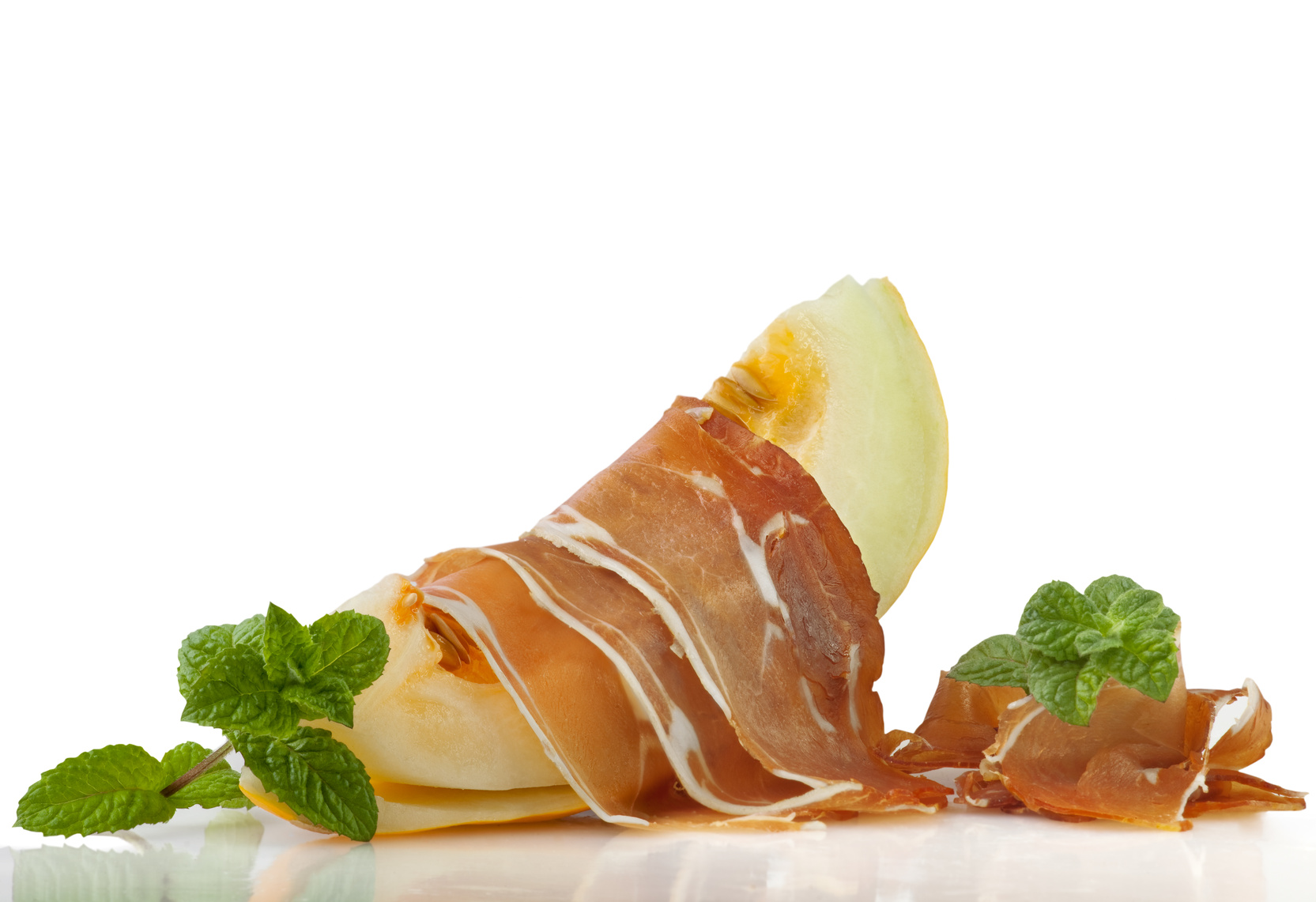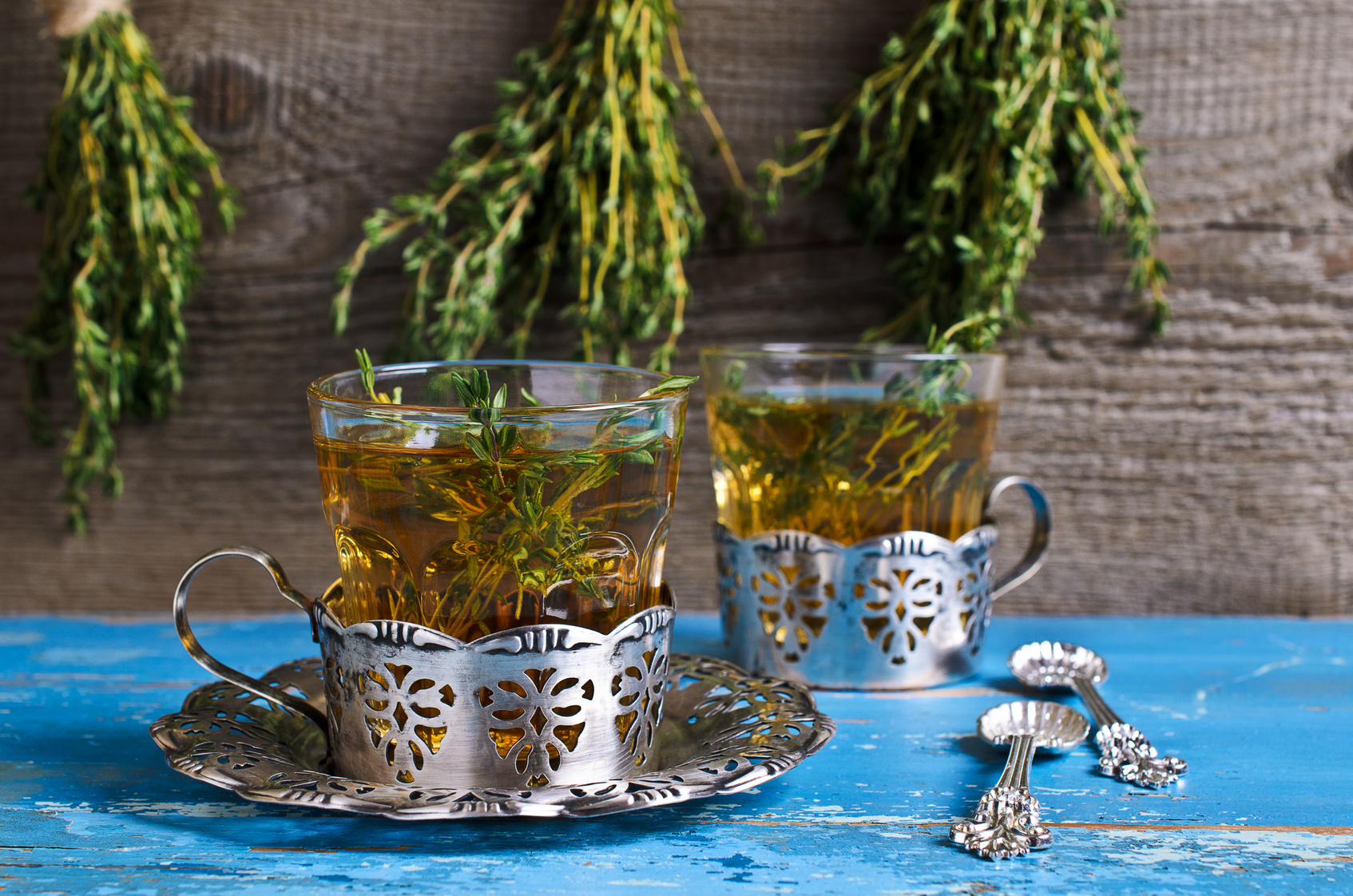Healthy herbs - part one
/In previous posts I’ve extolled the virtues of growing herbs in small spaces. Beyond the culinary benefits they bring to most dishes, and the potential money you save not buying a few overpriced sprigs from the store, many pack a mighty nutritional punch.
This and subsequent posts will focus on a few herbs (and spices) that you can grow at home, examining what’s been written about their nutritional properties. As highlighted in my previous post, Nutrition Attrition, there are contradictory articles. This is not a scientific analysis, nor is it detailed enough to cover all perspectives. What I’ve sought to do is identify comments in both Western and Eastern sources about these herbs’ potential nutritional (and wellbeing) benefits.
For more on the various nutrients mentioned see the nutrient summary in our ‘eating guide’.
Basil boost
A firm friend of mine, and in this context we’re talking about European – not holy/Thai basil – here. Basil scores well on the Vitamins A and K charts, as well as iron, potassium, manganese, copper and magnesium. Iron is a key component in the formulation of haemoglobin, which determines the oxygen carrying capacity of the blood.
Pesto, it really is that easy, why buy it from the store!
Basil is a powerful flavour, so to maximise the nutritional punch either put it with some other punchy flavours – like a tomato and mozzarella salad with a zingy balsamic dressing – or process it a little. One of the most common ways to do this is making pesto. Commonly used as a pasta sauce, you can actually do a lot more with pesto, from bruschetta toppings to flavourful roasted veg or even poached eggs. Pesto is simple enough to make too:
Toast some pine nuts until browned. Blend parmesan in a food processor, adding basil, a little garlic, the pine nuts and olive oil, then season with black pepper and lemon juice to your tastes. How easy is that!? It also freezes quite well, so you can enjoy your summer basil throughout winter.
Finally, if you’ve had enough of eating basil, why not use some basil oil to help clear skin blemishes using its anti-inflammatory power; for help on making essential oils check this out.
Thyme out
Like Basil, is vitamin- and mineral-packed, containing potassium, iron, calcium, manganese, magnesium, and selenium (again, look at the guide for more on most of these). The vitamin content comprises A, B2 (riboflavin), B6 (folate), C, E and K, of which vitamin C is most prevalent.
The memorably-associative antioxidant thymol, along with some much less memorably named others – like naringenin and lavonoids apigenin – is a key component in thyme. Beyond its cancer-preventative benefits, thymol is also a key ingredient in mouthwashes given its antiseptic and fragrant properties! Heading down from our mouth thyme is thought by herbalists to counter respiratory problems like bronchitis.
To benefit from these respiratory properties you can do all kinds of things, but perhaps the simplest is to combine your thyme (dried or fresh) with some peppermint (see below) and make a sinus-clearing herbal tea!
Pepperminted
Peppermint, in keeping with the other herbs chosen for this post contains minerals including potassium, calcium, iron, magnesium and manganese. It provides a mighty punch of potassium in particular. Similarly, on the vitamin side just two tablespoons of mint will provide more than half of your recommended daily vitamin A intake. Peppermint also includes a good dose of vitamins B2, B6, C, E and K (strongest on the last, bone-strengthening vitamin K).
Similar to thyme, peppermint helps combat respiratory disorders and freshens the breathe, but it also aids digestion (think mint tea after a big meal) and maybe even help ease irritable bowel syndrome. For the exercise junkies amongst you, taking peppermint essential oils before your workout may improve performance (read more about the study here).
Peppermint is great in drinks (herbal, refreshing and/or alcoholic), it’s a common addition to desserts, but for something different add it to a Parma ham and melon salad, delicious! If Asian food is more your thing, mint is fantastic widely used in Vietnamese and Thai cuisines, especially in spicy salads to add some freshness.



In traditional Chinese medicine mint is believed to diffuse “wind heat” (not what you may be thinking, more at the other end of the body, to do with common colds and flu), soothing sore throats, along with refreshing your mind and improving eyesight. Importantly mint is believed to also help regulate your qi flow (life force).
In subsequent posts we’ll delve into some more herbs with nutritional attitude and Chinese medicinal properties…



